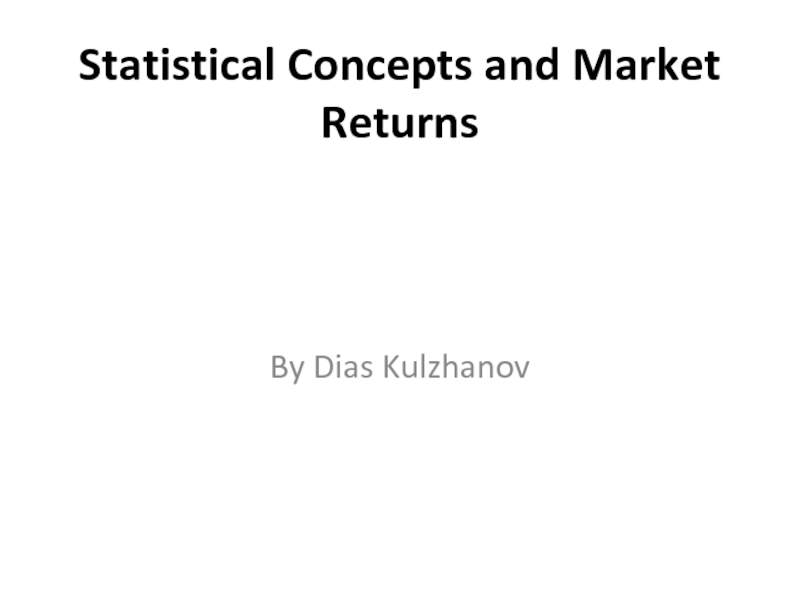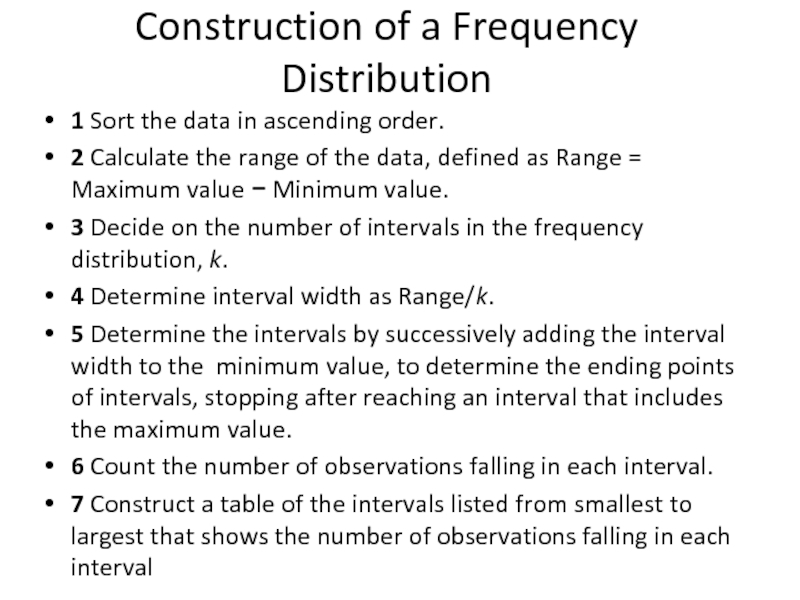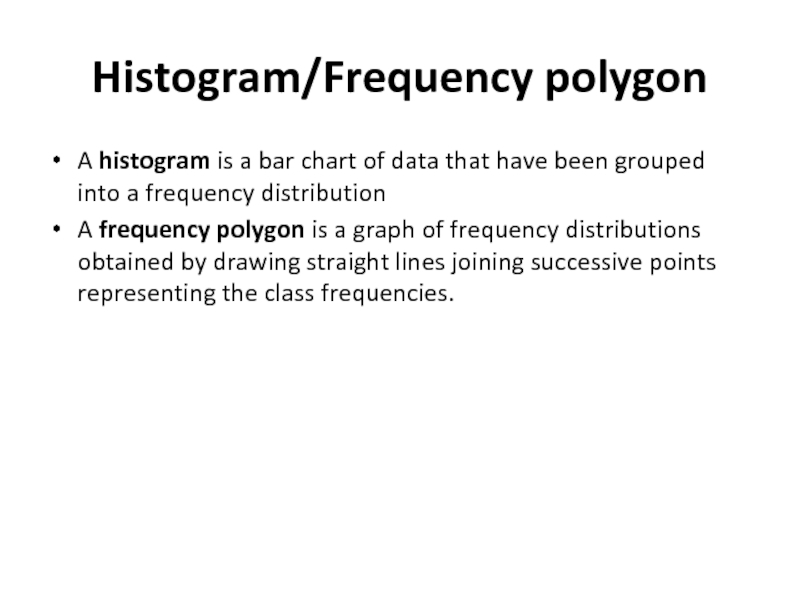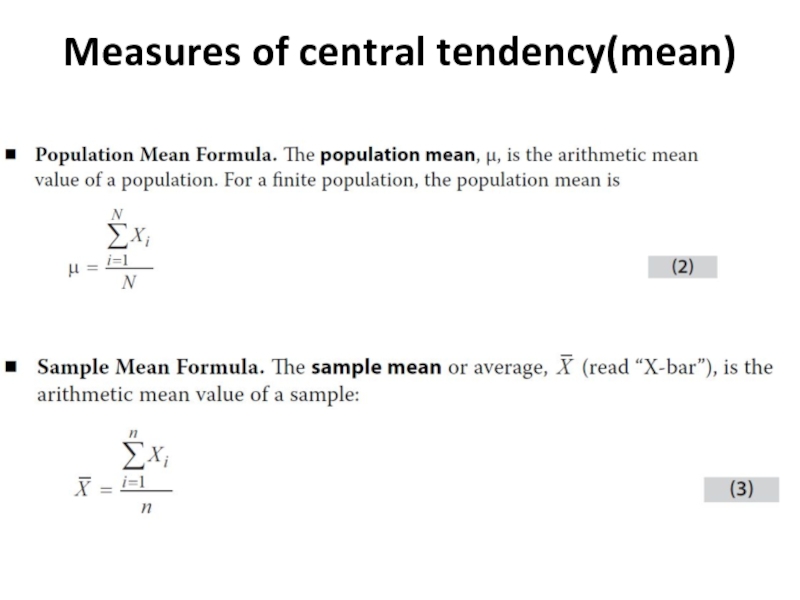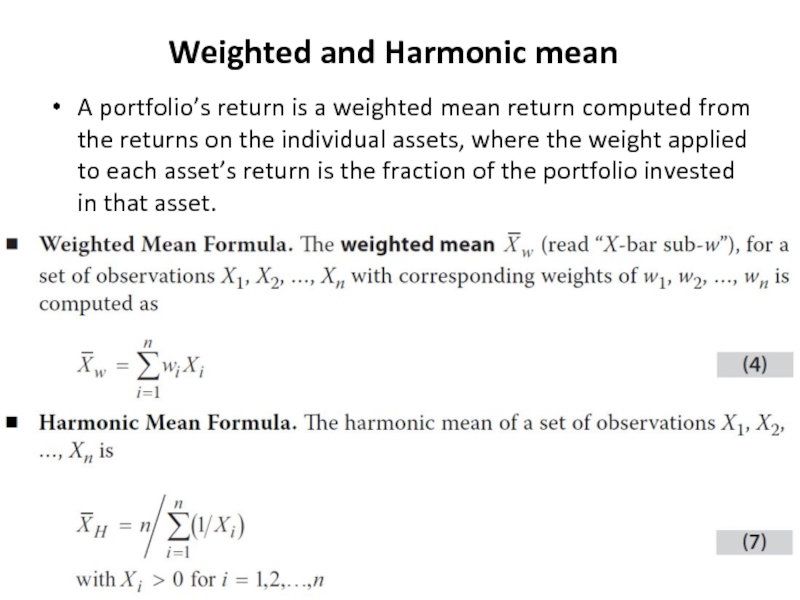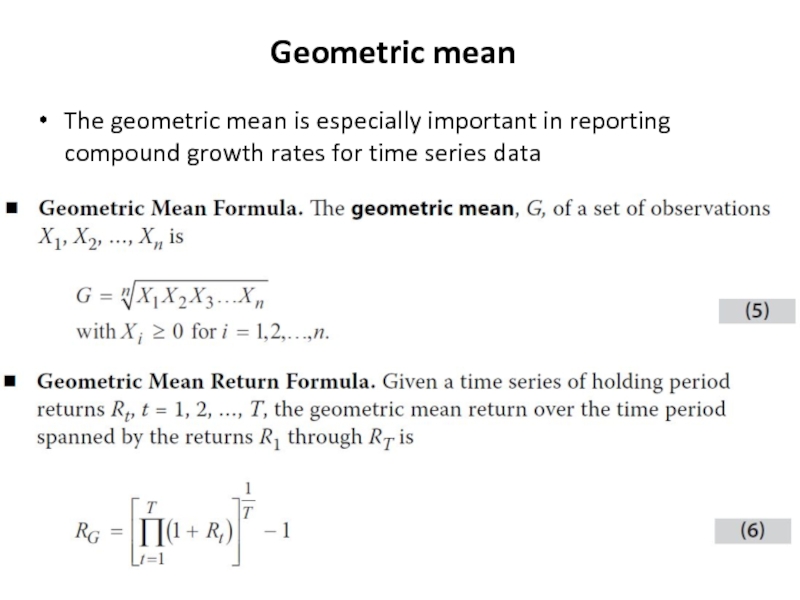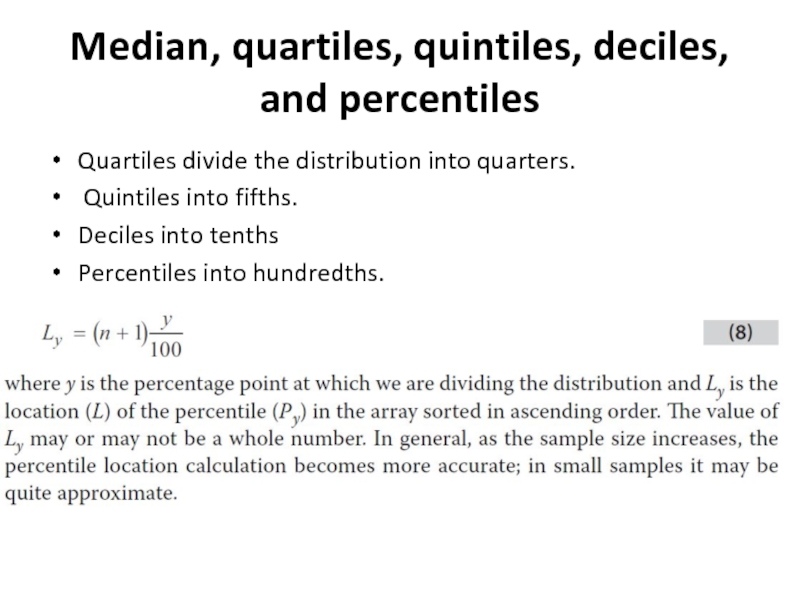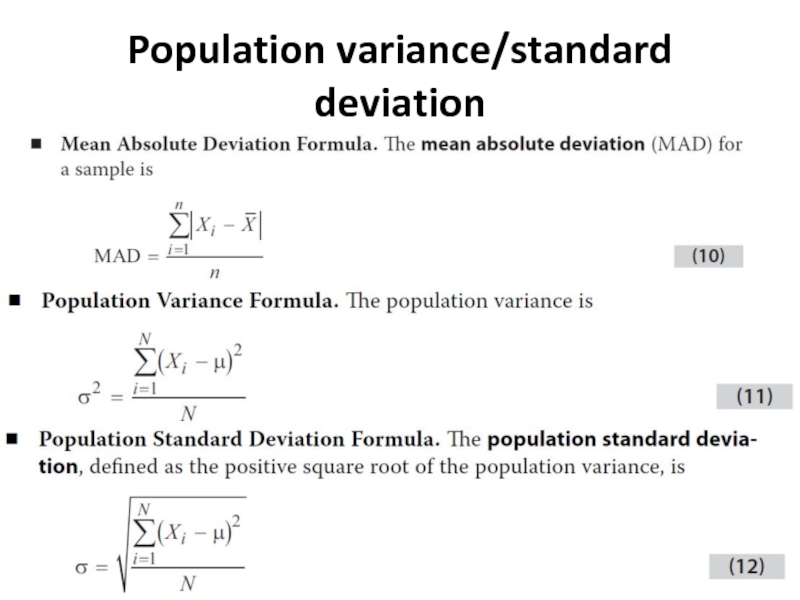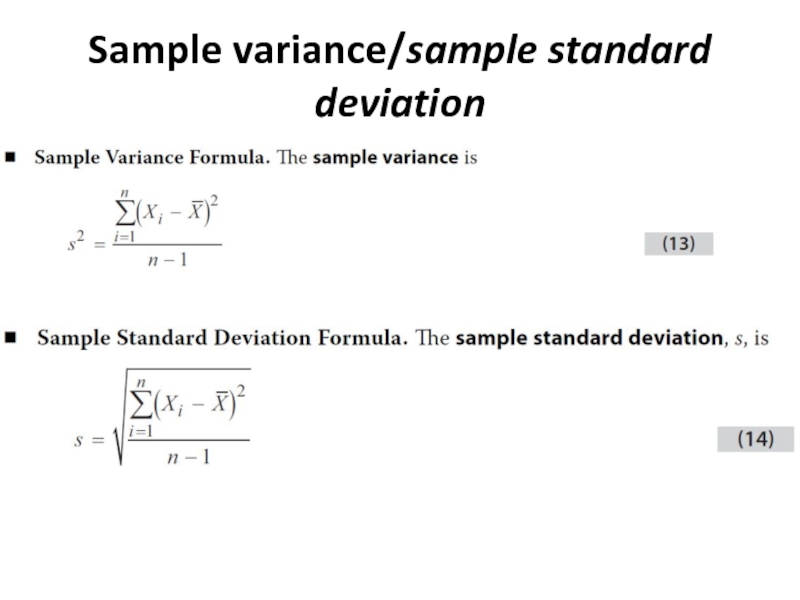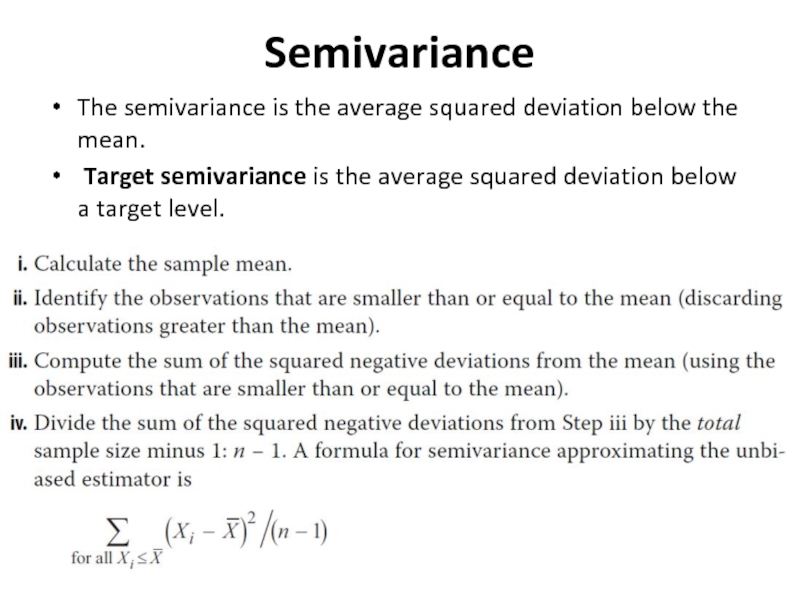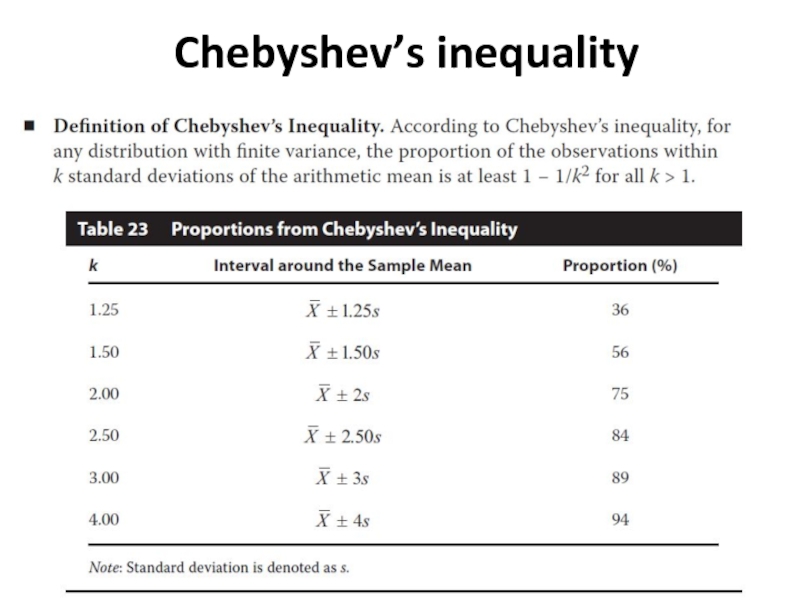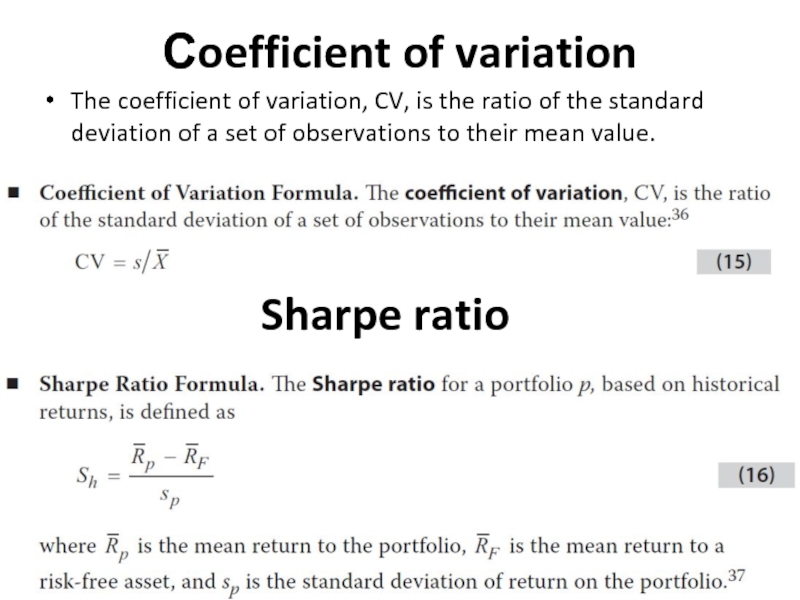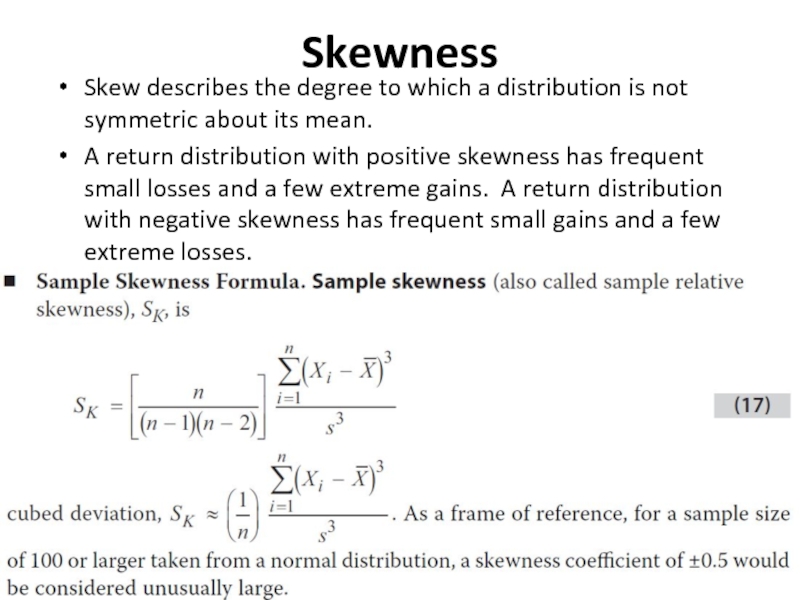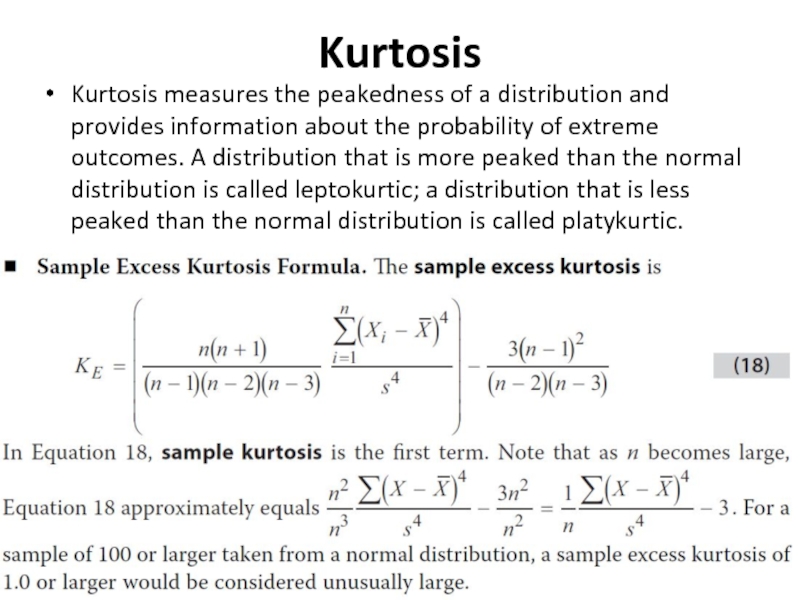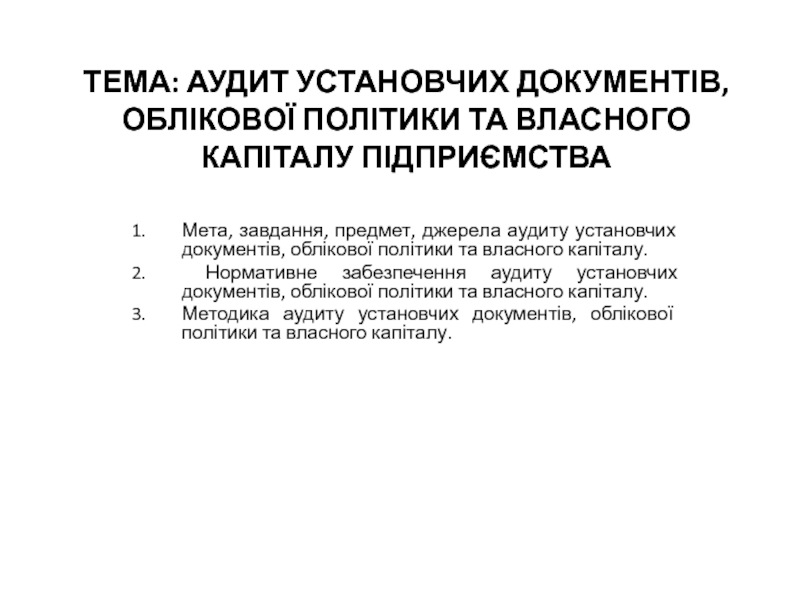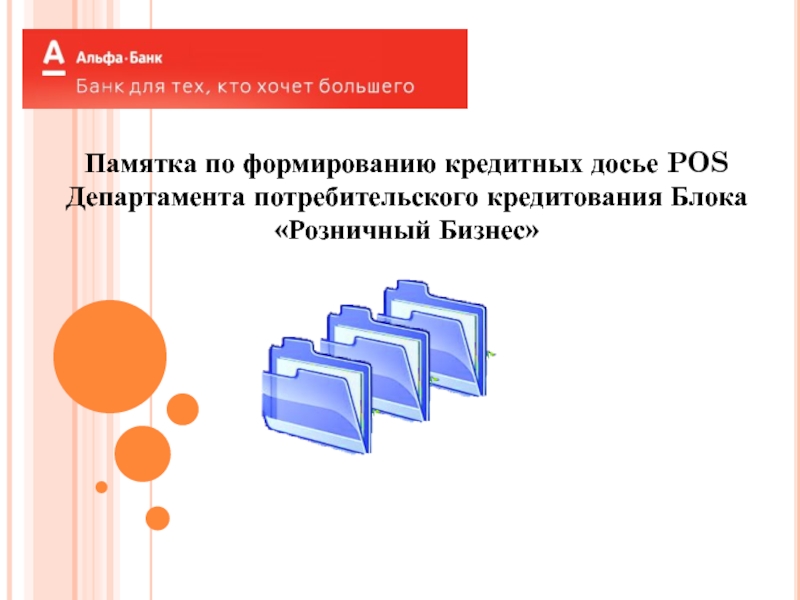- Главная
- Разное
- Дизайн
- Бизнес и предпринимательство
- Аналитика
- Образование
- Развлечения
- Красота и здоровье
- Финансы
- Государство
- Путешествия
- Спорт
- Недвижимость
- Армия
- Графика
- Культурология
- Еда и кулинария
- Лингвистика
- Английский язык
- Астрономия
- Алгебра
- Биология
- География
- Детские презентации
- Информатика
- История
- Литература
- Маркетинг
- Математика
- Медицина
- Менеджмент
- Музыка
- МХК
- Немецкий язык
- ОБЖ
- Обществознание
- Окружающий мир
- Педагогика
- Русский язык
- Технология
- Физика
- Философия
- Химия
- Шаблоны, картинки для презентаций
- Экология
- Экономика
- Юриспруденция
Statistical Concepts and Market Returns презентация
Содержание
- 1. Statistical Concepts and Market Returns
- 2. Construction of a Frequency Distribution 1 Sort
- 3. Histogram/Frequency polygon A histogram is a
- 4. Measures of central tendency(mean)
- 5. Weighted and Harmonic mean A portfolio’s return
- 6. Geometric mean The geometric mean is especially
- 7. Median, quartiles, quintiles, deciles, and percentiles Quartiles
- 8. Population variance/standard deviation
- 9. Sample variance/sample standard deviation
- 10. Semivariance The semivariance is the average squared
- 11. Chebyshev’s inequality
- 12. Сoefficient of variation The coefficient of variation,
- 13. Skewness Skew describes the degree to which
- 14. Kurtosis Kurtosis measures the peakedness of a
Слайд 2Construction of a Frequency Distribution
1 Sort the data in ascending order.
2
Calculate the range of the data, defined as Range = Maximum value − Minimum value.
3 Decide on the number of intervals in the frequency distribution, k.
4 Determine interval width as Range/k.
5 Determine the intervals by successively adding the interval width to the minimum value, to determine the ending points of intervals, stopping after reaching an interval that includes the maximum value.
6 Count the number of observations falling in each interval.
7 Construct a table of the intervals listed from smallest to largest that shows the number of observations falling in each interval
3 Decide on the number of intervals in the frequency distribution, k.
4 Determine interval width as Range/k.
5 Determine the intervals by successively adding the interval width to the minimum value, to determine the ending points of intervals, stopping after reaching an interval that includes the maximum value.
6 Count the number of observations falling in each interval.
7 Construct a table of the intervals listed from smallest to largest that shows the number of observations falling in each interval
Слайд 3Histogram/Frequency polygon
A histogram is a bar chart of data that
have been grouped into a frequency distribution
A frequency polygon is a graph of frequency distributions obtained by drawing straight lines joining successive points representing the class frequencies.
A frequency polygon is a graph of frequency distributions obtained by drawing straight lines joining successive points representing the class frequencies.
Слайд 5Weighted and Harmonic mean
A portfolio’s return is a weighted mean return
computed from the returns on the individual assets, where the weight applied to each asset’s return is the fraction of the portfolio invested in that asset.
Слайд 6Geometric mean
The geometric mean is especially important in reporting compound growth
rates for time series data
Слайд 7Median, quartiles, quintiles, deciles, and percentiles
Quartiles divide the distribution into quarters.
Quintiles into fifths.
Deciles into tenths
Percentiles into hundredths.
Deciles into tenths
Percentiles into hundredths.
Слайд 10Semivariance
The semivariance is the average squared deviation below the mean.
Target
semivariance is the average squared deviation below a target level.
Слайд 12Сoefficient of variation
The coefficient of variation, CV, is the ratio of
the standard deviation of a set of observations to their mean value.
Sharpe ratio
Слайд 13Skewness
Skew describes the degree to which a distribution is not symmetric
about its mean.
A return distribution with positive skewness has frequent small losses and a few extreme gains. A return distribution with negative skewness has frequent small gains and a few extreme losses.
A return distribution with positive skewness has frequent small losses and a few extreme gains. A return distribution with negative skewness has frequent small gains and a few extreme losses.
Слайд 14Kurtosis
Kurtosis measures the peakedness of a distribution and provides information about
the probability of extreme outcomes. A distribution that is more peaked than the normal distribution is called leptokurtic; a distribution that is less peaked than the normal distribution is called platykurtic.
